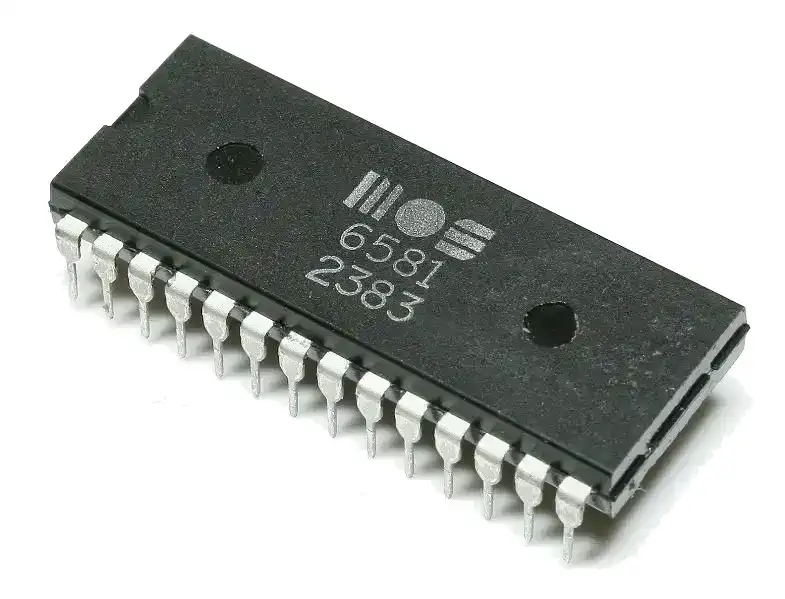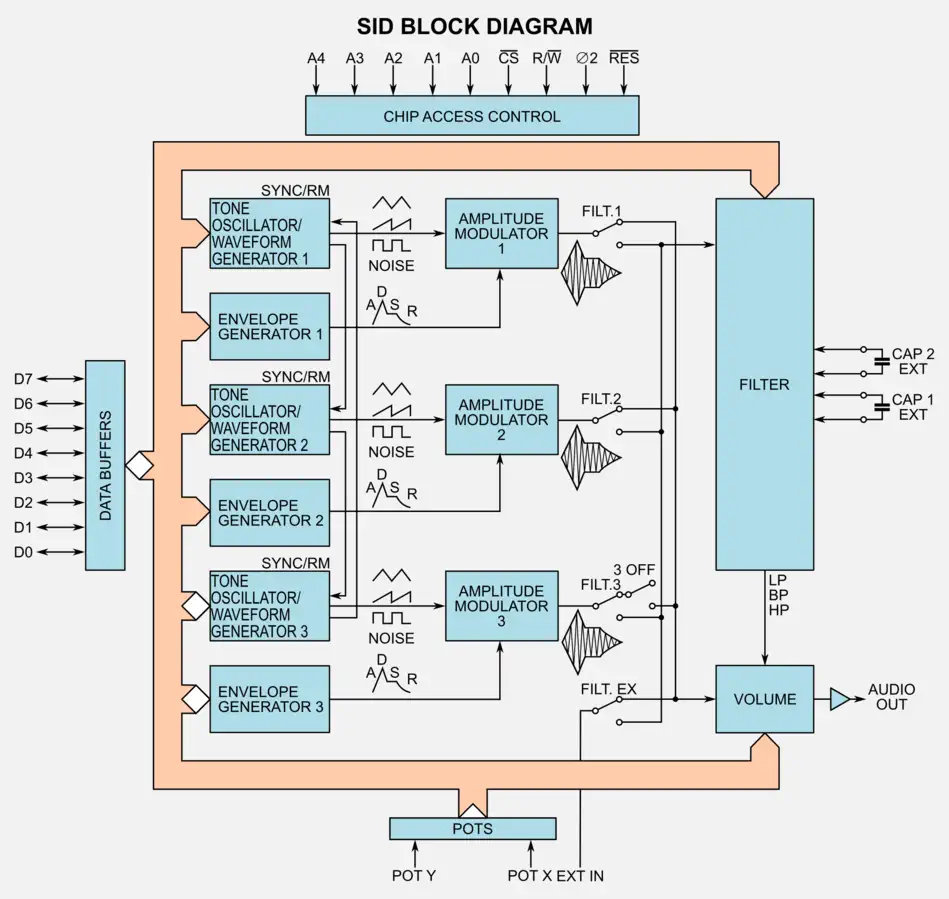Commodore MAX
The Commodore MAX Machine, also known as Ultimax in the United States and Canada and VC-10 in Germany, is a home computer designed and sold by Commodore International in Japan, beginning in early 1982, a predecessor to the popular Commodore 64. The Commodore 64 manual mentions the machine by name, suggesting that Commodore intended to sell the machine internationally; however, it is unclear whether the machine was ever actually sold outside Japan. When it was officially presented in Tokyo for the first time, it was named Commodore VICKEY.
The MAX was intended to sell for around US$200. Although the MAX had better graphics and sound capability, Commodore's own VIC-20, which sold for around the same amount, was much more expandable, had a much larger software library, and had a better keyboard—all of which made it more attractive to consumers.
Software was loaded from plug-in cartridges and the unit had a membrane keyboard and 2 KB of RAM internally and 0.5 KB of color RAM (1024 × 4 bits). It used a television set for a display. It used the same chipset and 6510 CPU as the Commodore 64, the same SID sound chip, and compatible ROM cartridge architecture so that MAX cartridges will work in the C-64. The MAX compatibility mode in C-64 was later frequently used for "freezer" cartridges (such as the Action Replay), as a convenient way to take control of the currently running program. It was possible to use a tape drive for storage, but it lacked the serial and user ports necessary to connect a disk drive, printer, or modem.
MOS Technology VIC-II
The VIC-II, or Video Interface Chip II, is a chip from MOS Technology. There are a few variants:
- For NTSC: 6567/8562/8564
- For PAL: 6569/8565/8566
The VIC-II generates Y/C signals and DRAM refresh signals for the Commodore 64, Commodore MAX, and Commodore 128 computers. It is the successor of the original VIC chip used in the VIC-20 computer.
Features:
- 16 KByte address space for screen, character and sprite memory
- 320x200 graphics in 16 colors
- 40x25 Text resolution
- Capable of 8 sprites per scanline (24x21 or 12x21 multicolor sprites)
- Raster interrupt
- Smooth Scrolling
- Independent DRAM refresh
- BUS mastering for the 6502-style bus. CPU and VIC-II can access the bus during alternating half-clock cycles.
Programmers quickly learned that the VIC-II was more capable than the specifications would indicate. By manupulating the 47 different control registers, and by using machine code hooked into the raster interrupt routine (or the scanline interrupt), the chip can be programmed to do sprite multiplexing. This allows for more than 8 concurrent sprites on screen. It basically allows for the screen to be split up in different slices, giving each slice its own scrolling, resolution, color and sprite properties. This even allowed programmers to use graphics outside the upper and lower borders of the screen.

SID (MOS 6581) - Sound Interface Device
SID is short for Sound Interface Device. It is the name of the sound chip that was used in the VC10, the commodore 64 and the Commodore 128. SID was developed by Bob Yannes, an employee of MOS Technology. Bob was not only an engineer but also knew a lot about music. His intention was to create a different sound chip than other devices at the time. He implemented a subtractive synthesis chip. The chip's distinctive sound is easily recognized and was clearly ahead of the ocmpitition. The SID combines analog and digital circuitry that cannot be 100% emulated, even today.
Source: C64 Wiki

MOS 6510 CPU
The 6510 is an 8-bit MicroProcessor designed by MOS Technology. It is a modified version of the very successful 6502. The primary change in the 6510 was the addition of an 8-bit general purpose I/O port, altbough only six I/O pins were available in the most common version of the 6510.
The extra I/O pins were used for various purposes. In the Commodore 64, they were used to control bank switching, the signal lines for the Datasette tape recorder.
Source:WikiPedia

0.5k Used for color Sound Chip SID (MOS 6581) Sound 3 independent audio oscillators with 4 waveforms Display Chip VIC-II (MOS 6566) Display 25x40 text, 320x200 in 16 colors Best Text 25x40 Best Color 16 colors Best Graphics 320x200 in 16 colors Sprites 8 concurrent multi-color sprites System OS MAX BASIC (Cartridge) Storage ROM cartridges
Cassette Tape Original Price $200


